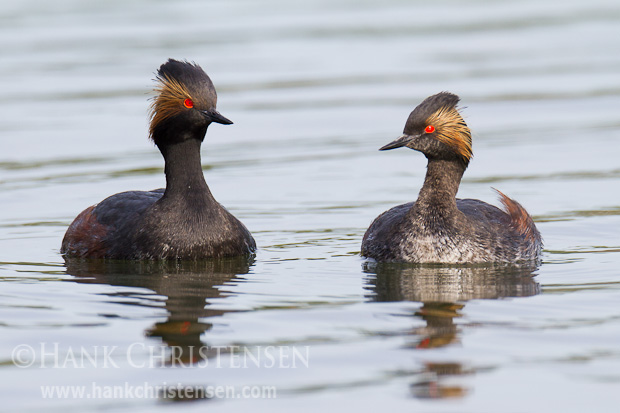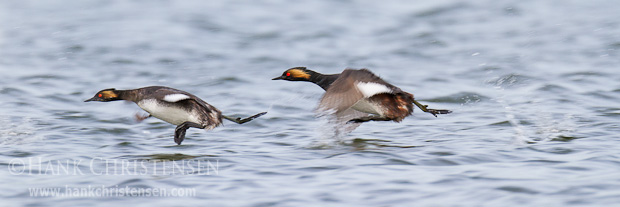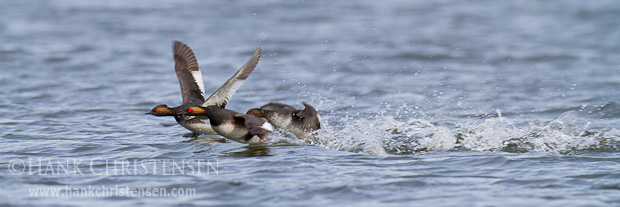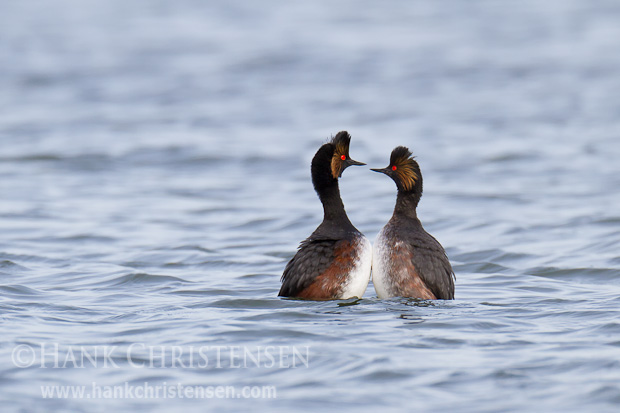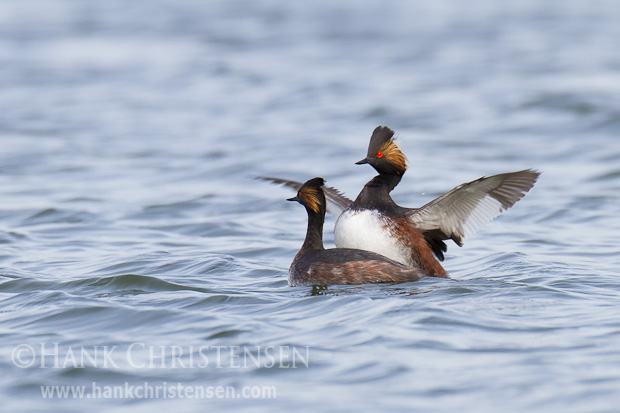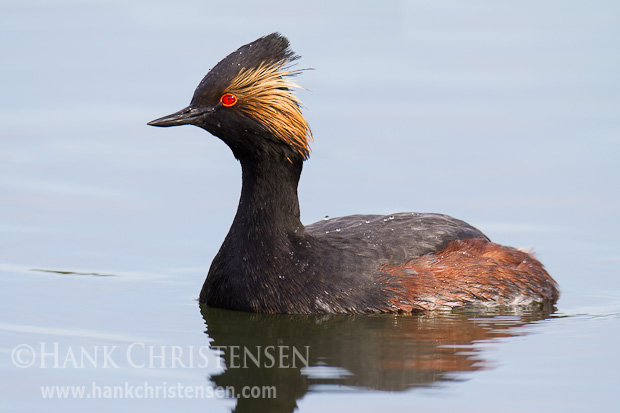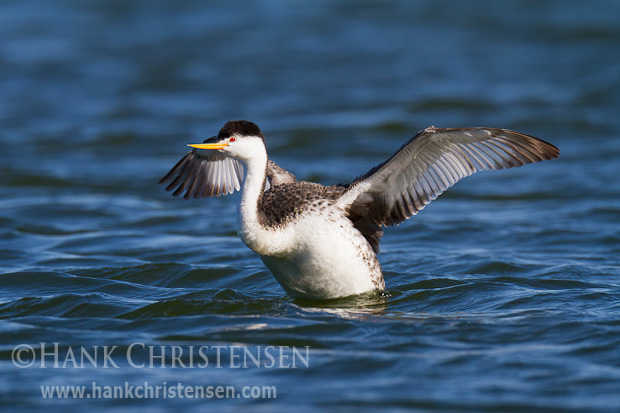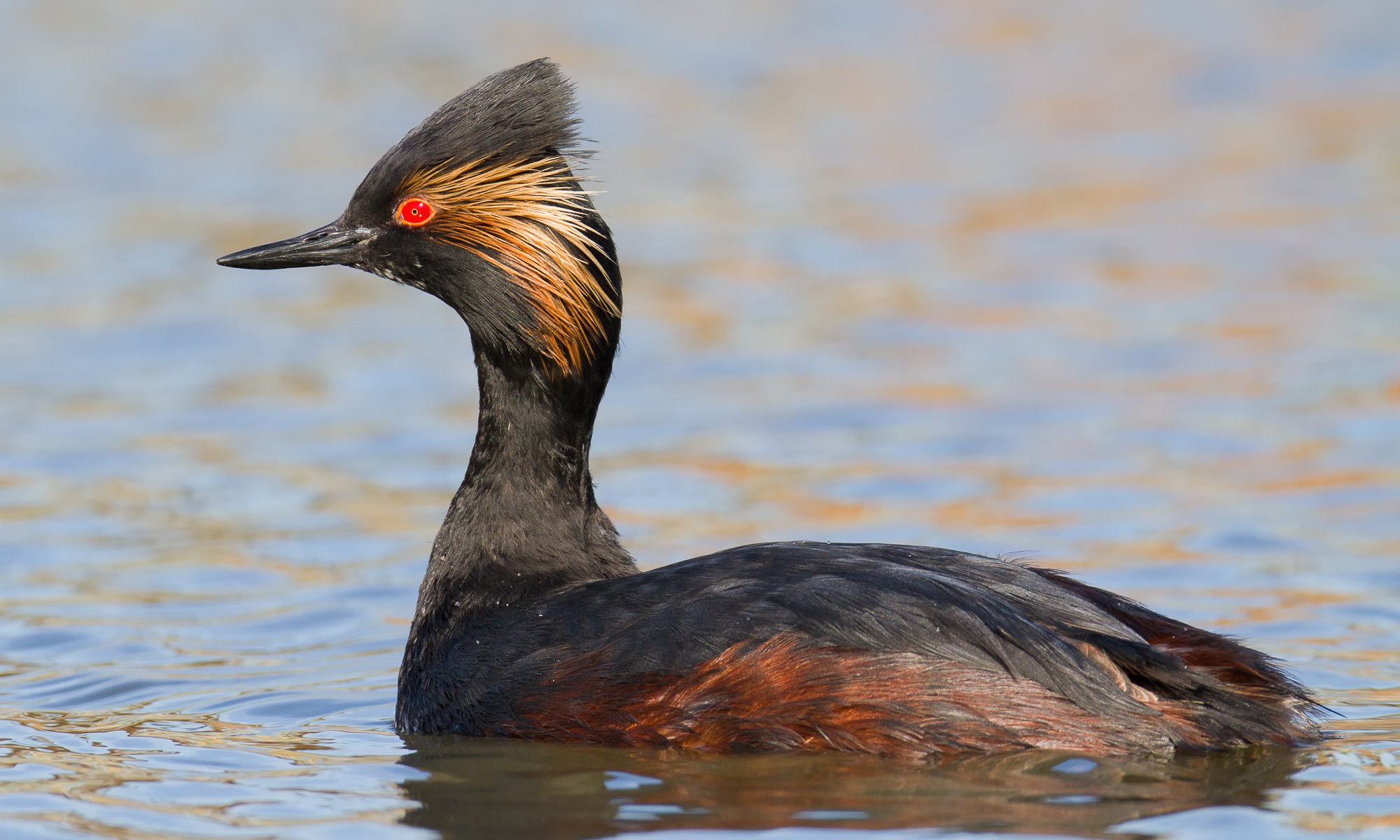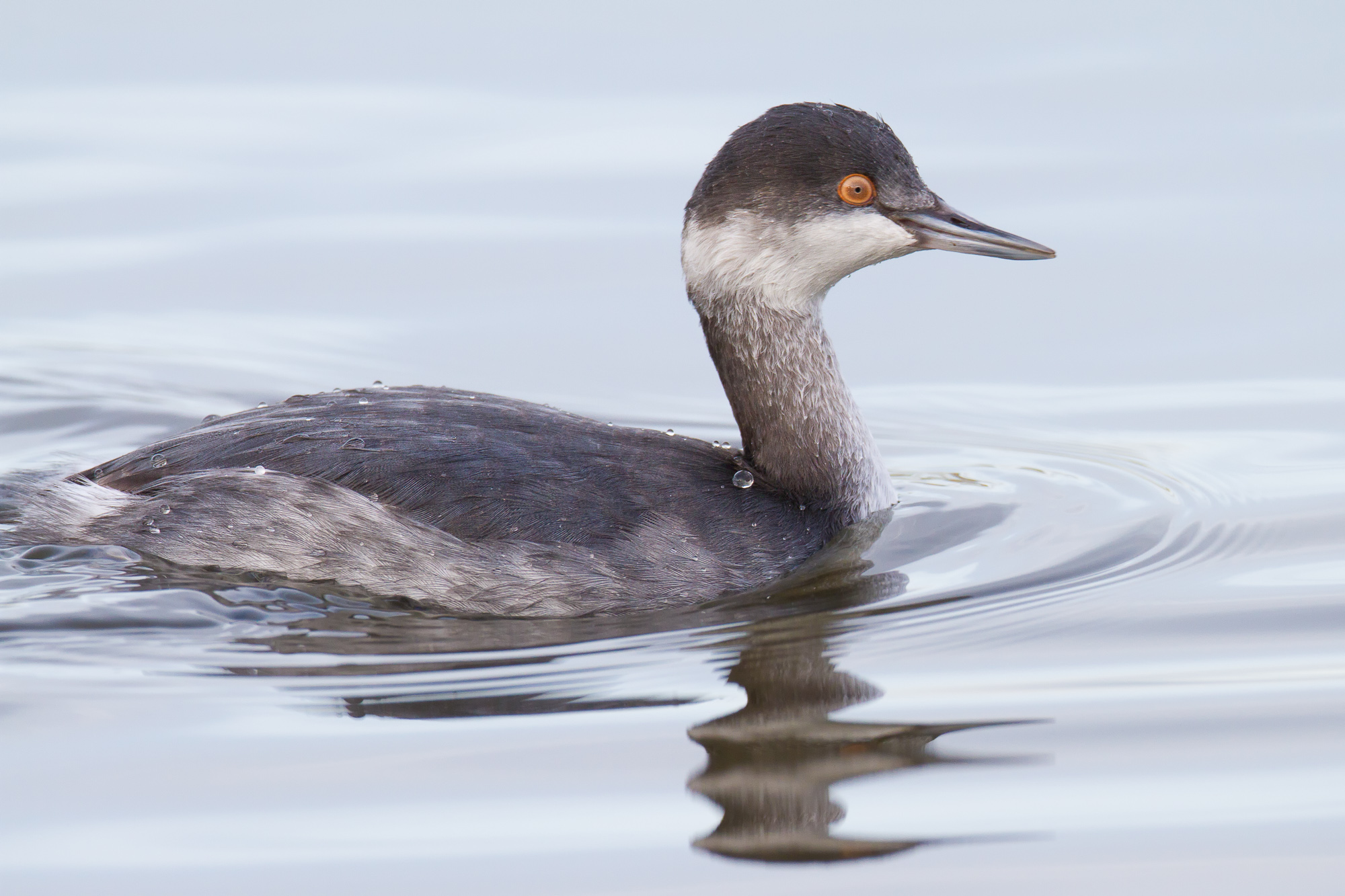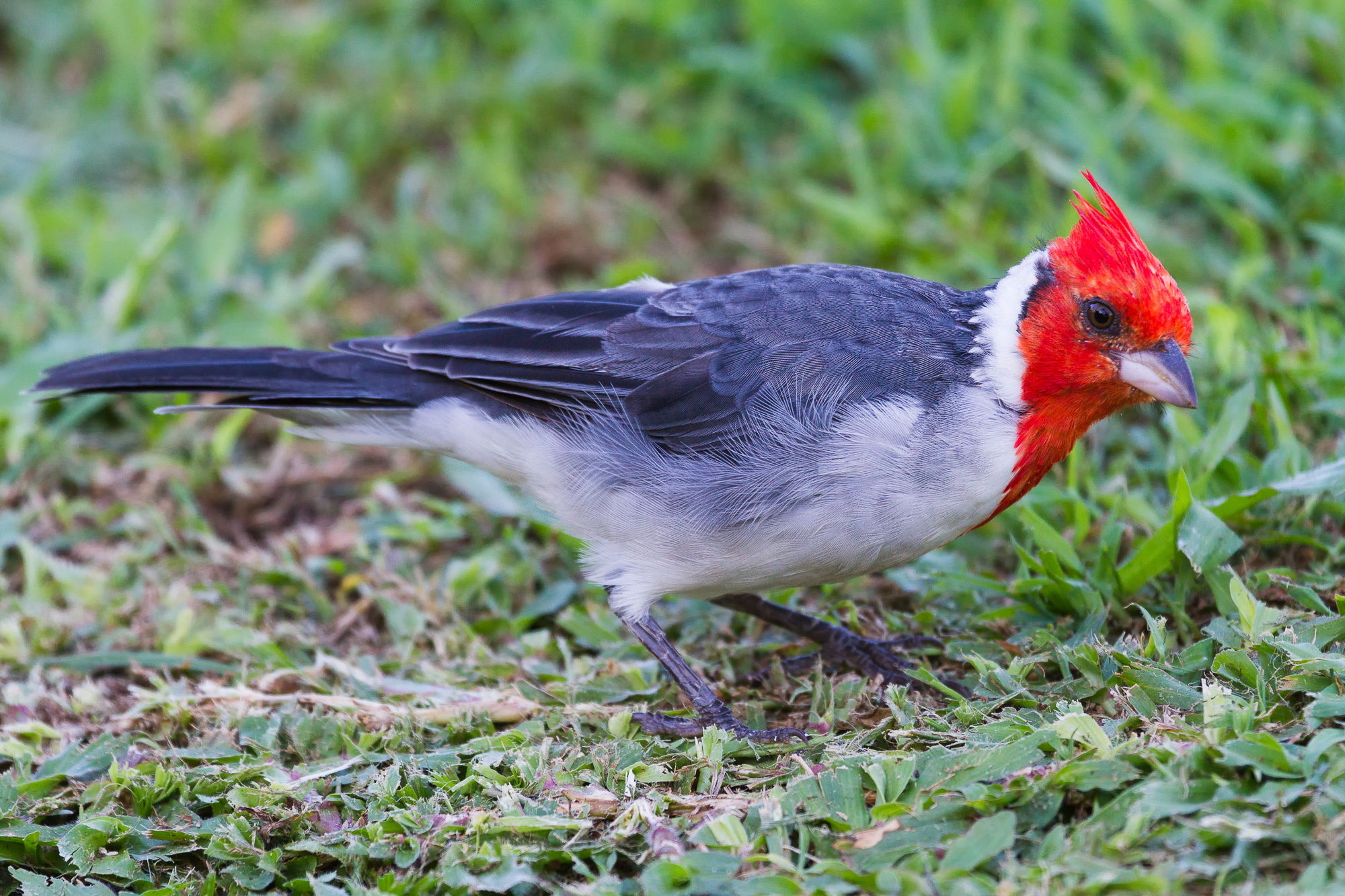
One of the more interesting birds I got to spend time photographing on my recent Kauai trip was the Red-crested Cardinal. This turned out to be a relatively tame bird, and I had several occasions to get quite close. I found that sitting on the ground and waiting for them to approach provided both a stable (and low) position from which to take photos, and allowed me to remain very still so as not to spook them.
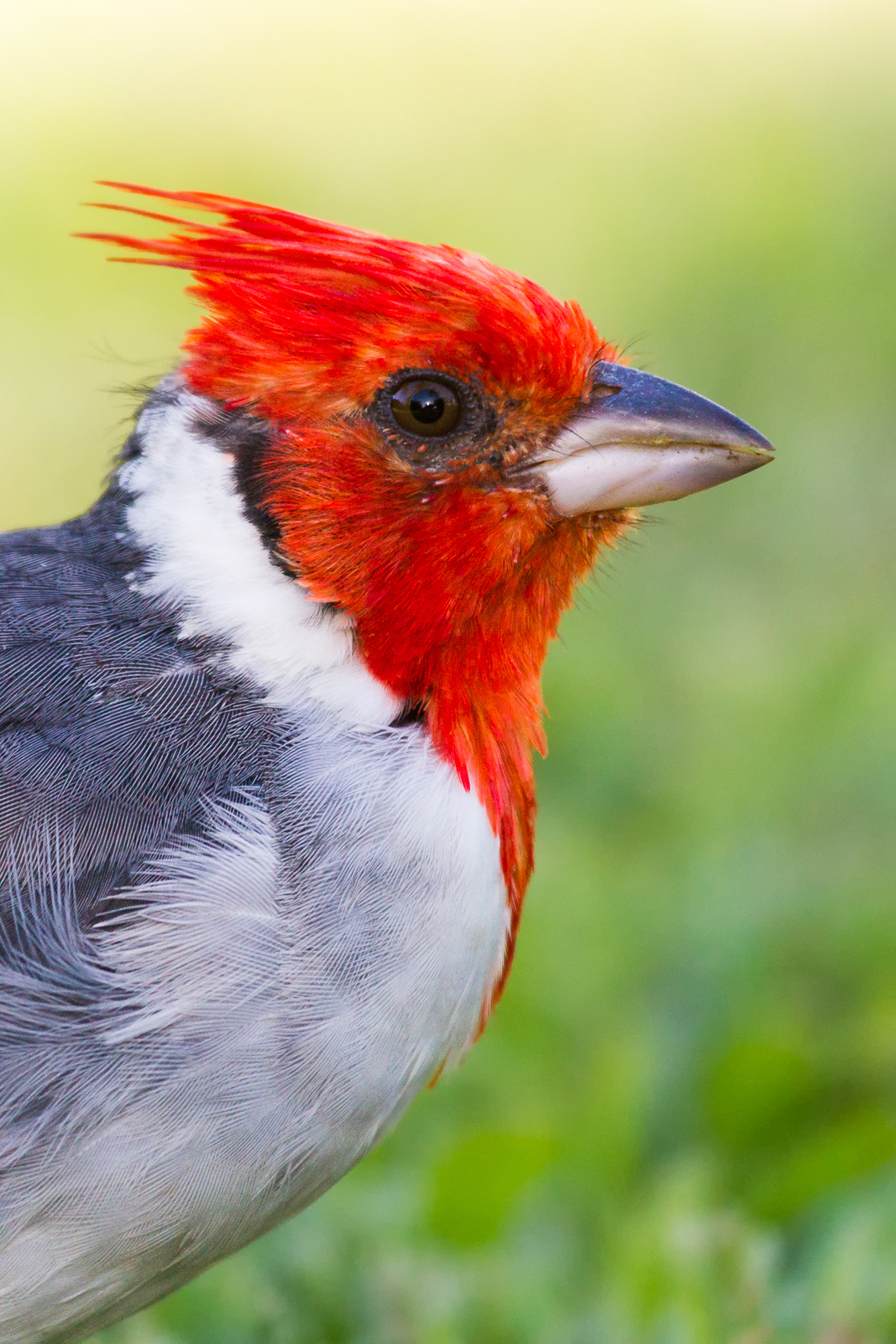
Natively found in South America, this species was introduced to the Hawaiian Islands in the 1930s. Even though its common name includes “cardinal”, it is not closely related to other cardinals, including the common Northern Cardinal found in eastern North America. Rather, the Red-crested is part of the Tanager family. Males and females are similarly colored, while immature birds have a dull orange color to their crest.
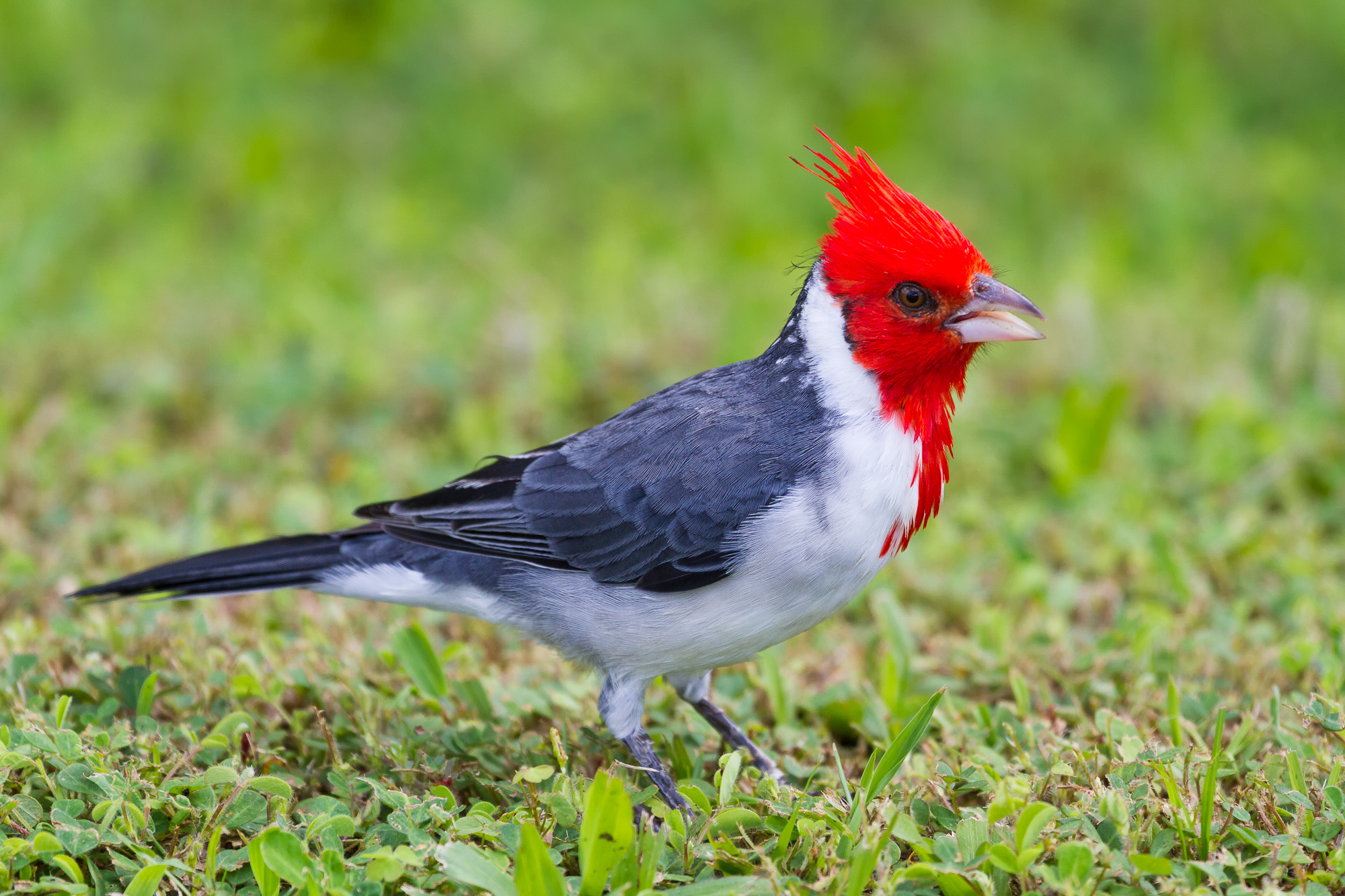
Ultimately, I spent quite a bit of time with a few of these feisty looking little birds. The longer I sat with them, the more used to me they became. In fact, on several occasions, they got within a foot or two, far too close for my lens’ minimum focus distance. At that point I wished I had a second body with a wide angle lens attached – it would have made for a very unique photo!



